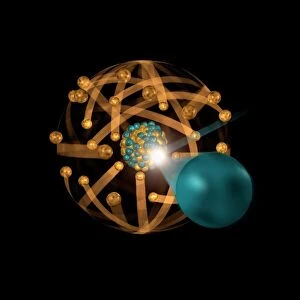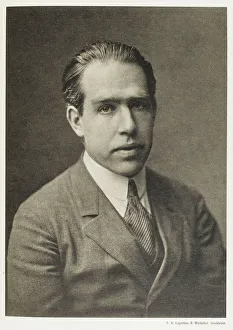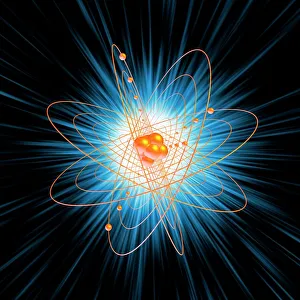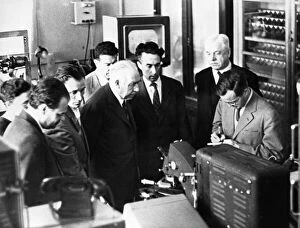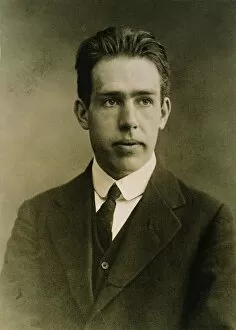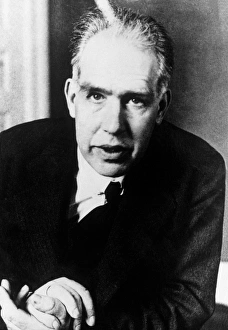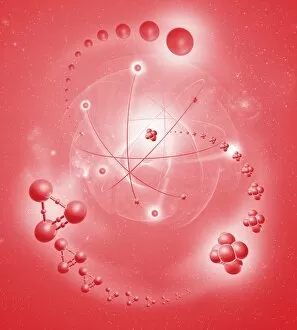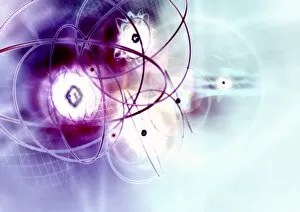Bohr Collection
"Exploring the Depths of Atomic Art: The Legacy of Niels Bohr" Step into the world of nuclear fission artwork, where science and creativity collide
All Professionally Made to Order for Quick Shipping
"Exploring the Depths of Atomic Art: The Legacy of Niels Bohr" Step into the world of nuclear fission artwork, where science and creativity collide. At its core lies the genius mind of Niels Henrik David Bohr, a Danish physicist who revolutionized our understanding of atomic structure. In this captivating piece, we witness an artistic representation of Bohr's groundbreaking theories. Just like his famous onion atom model from 1921, electrons gracefully orbit around the nucleus in layers akin to an onion's rings, and is through this visual masterpiece that we grasp the intricate dance happening at a microscopic level. The laboratory becomes a sanctuary for scientific exploration as Nils and Aage Bohr delve deep into their experiments in laboratory C016 / 8375. Together with E. Rutherford, they push boundaries and challenge existing notions about atomic structure. Niels Bohr himself stands tall in another snapshot captured during his prime years as a Danish physicist circa 1922. His piercing gaze reflects determination and curiosity - qualities that defined his illustrious career. As we reflect on Bohr's contributions to science, it is impossible not to marvel at his brilliance. From unraveling mysteries within atoms to paving the way for quantum mechanics, he left an indelible mark on our understanding of nature's building blocks. Beyond academia, even aerial photographs remind us that knowledge can transcend borders and time periods. In World War I's western front battle area image lies a reminder that amidst chaos and destruction, scientists like Niels Bohr continued their pursuit of truth. Today, we honor Niels Henrik David Bohr - a visionary whose legacy continues to inspire generations after him. Let us embrace both artistry and scientific inquiry as we explore new frontiers in our quest for knowledge about the universe within us all.

